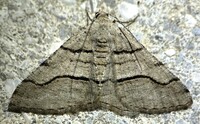
| Recorded by: Mark Basinger on 2025-11-08
Brunswick Co.
Comment: | 
| Recorded by: Tony McBride, Jim Petranka and Becky Elkin on 2025-10-27
Carteret Co.
Comment: |

| Recorded by: R. Newman on 2025-10-10
Carteret Co.
Comment: | 
| Recorded by: Mark Basinger on 2025-09-13
Wilson Co.
Comment: |
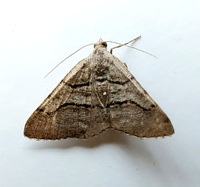
| Recorded by: Mark Basinger on 2025-07-24
Brunswick Co.
Comment: | 
| Recorded by: Mark Basinger on 2025-07-05
Wilson Co.
Comment: |

| Recorded by: Mark Basinger on 2025-06-19
Brunswick Co.
Comment: | 
| Recorded by: Mark Basinger on 2025-05-02
Brunswick Co.
Comment: |

| Recorded by: Dean Furbish and Joy Wiggins on 2025-04-27
Pender Co.
Comment: | 
| Recorded by: Simpson Eason on 2025-04-20
Brunswick Co.
Comment: |

| Recorded by: R. Newman on 2025-04-05
Carteret Co.
Comment: | 
| Recorded by: Jeff Niznik, Larry Chen on 2025-04-02
Orange Co.
Comment: |

| Recorded by: Mark Basinger on 2025-03-28
Brunswick Co.
Comment: | 
| Recorded by: R. Newman on 2025-03-13
Carteret Co.
Comment: |
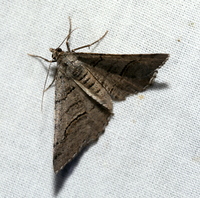
| Recorded by: David George, Randy Newman on 2024-10-28
Carteret Co.
Comment: | 
| Recorded by: R. Newman on 2024-10-26
Carteret Co.
Comment: |

| Recorded by: Mark Basinger on 2024-10-04
Brunswick Co.
Comment: | 
| Recorded by: Mark Basinger on 2024-09-15
Brunswick Co.
Comment: |

| Recorded by: Chuck Smith on 2024-09-08
Davidson Co.
Comment: | 
| Recorded by: R. Newman on 2024-08-31
Carteret Co.
Comment: |

| Recorded by: R. Newman on 2024-08-14
Carteret Co.
Comment: | 
| Recorded by: Dean Furbish, Lior S. Carlson on 2024-08-13
Pamlico Co.
Comment: |

| Recorded by: Lior S. Carlson, Dean Furbish on 2024-08-13
Pamlico Co.
Comment: | 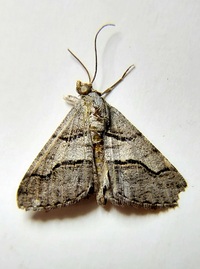
| Recorded by: Mark Basinger on 2024-07-14
Brunswick Co.
Comment: |
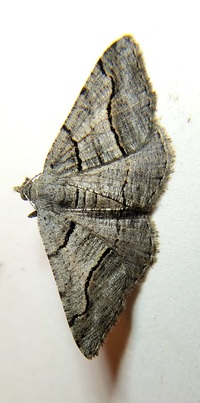
| Recorded by: Mark Basinger on 2024-06-18
Brunswick Co.
Comment: | 
| Recorded by: R. Newman on 2024-05-23
Carteret Co.
Comment: |

| Recorded by: R. Newman on 2024-05-09
Carteret Co.
Comment: | 
| Recorded by: Dean Furbish on 2024-05-07
Pender Co.
Comment: |

| Recorded by: Mark Basinger on 2024-04-28
Brunswick Co.
Comment: | 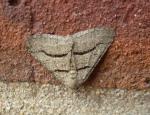
| Recorded by: R. Newman on 2024-04-22
Carteret Co.
Comment: |
|

 »
»
